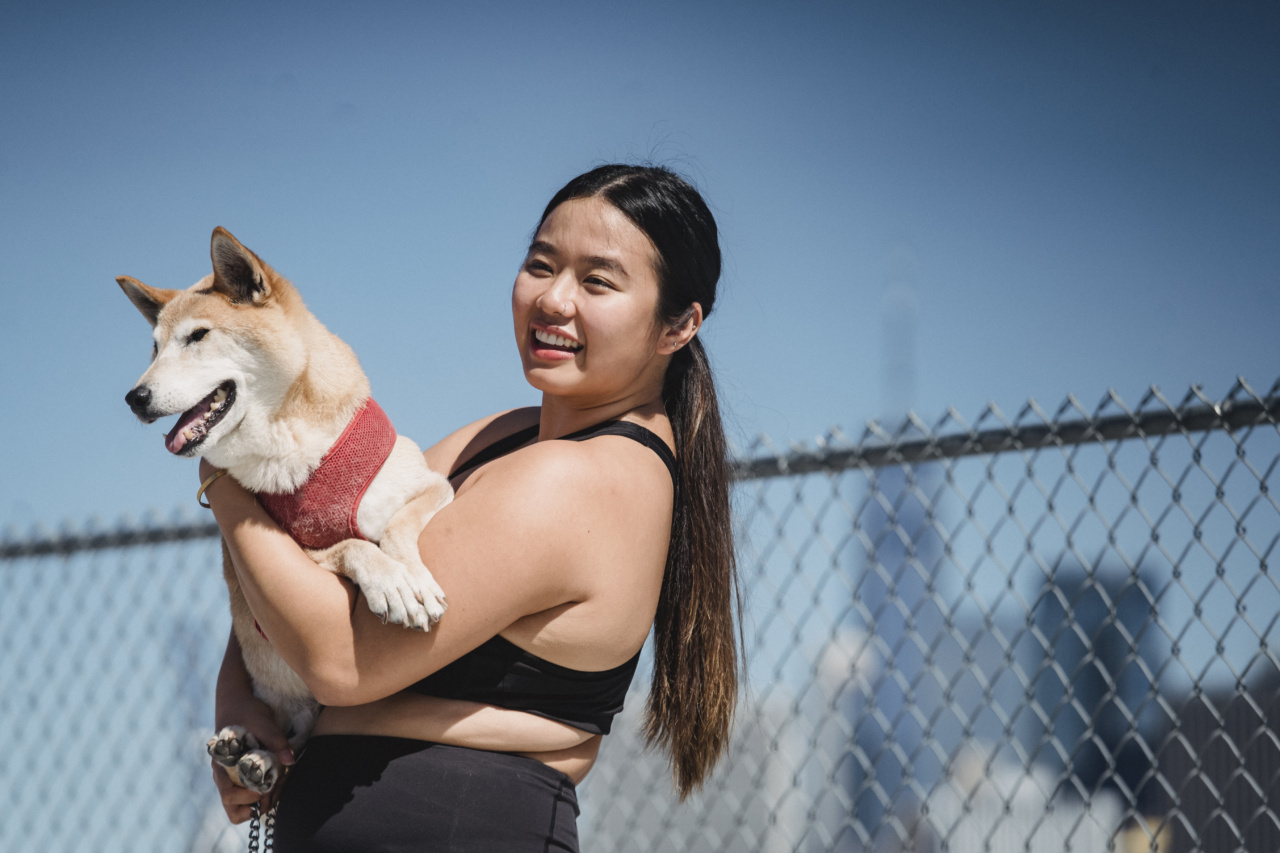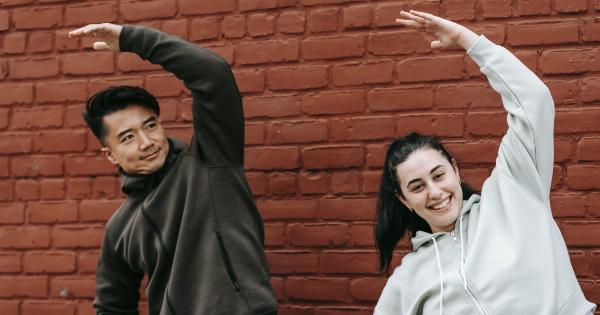Training a puppy is an essential part of their development and helps set the foundation for a happy and well-behaved adult dog.
Maximize your puppy’s training potential with these effective tips and strategies to ensure a successful learning experience.
The Importance of Consistency
Consistency is key when it comes to training your puppy. Establishing a consistent routine and using consistent commands will help your puppy understand what is expected of them. Consistency also reinforces positive behavior and prevents confusion.
Positive Reinforcement
Positive reinforcement is an important aspect of effective puppy training. Rewarding your puppy with treats, praise, and attention when they exhibit the desired behavior encourages them to repeat that behavior.
This method strengthens the bond between you and your puppy and makes training a positive and enjoyable experience for both of you.
Socialization
Socialization is crucial for puppies to learn proper behavior and become well-adjusted adult dogs. Introduce your puppy to various environments, people, and other animals in a controlled and positive manner.
This exposure helps them develop confidence, reduces fear or aggression, and encourages appropriate interactions.
Starting Early
Your puppy’s learning ability is highest during their early developmental stages. Therefore, it’s important to start training as early as possible.
Begin with basic commands such as sit, stay, and come, and gradually progress to more advanced training for a well-rounded education.
Patience and Persistence
Training a puppy requires patience and persistence. Remember that every puppy is unique and learns at their own pace. Be patient with them and provide consistent guidance.
If your puppy is struggling with a particular command, break it down into smaller steps and offer plenty of repetition and positive reinforcement.
Using Training Techniques
There are various training techniques you can utilize to maximize your puppy’s learning potential:.
1. Clicker Training
Clicker training is a popular positive reinforcement technique that uses a clicker to mark desired behaviors. The sound of the clicker indicates to your puppy that they have done something right, followed by a reward.
This training method is effective in capturing precise behaviors and shaping them into desired actions.
2. Target Training
Target training involves teaching your puppy to touch a specific object, such as your hand or a target stick, with their nose or paw. It helps enhance focus, coordination, and the understanding of certain commands.
Target training is particularly useful for more complex tricks and behaviors.
3. Reward-Based Training
Reward-based training involves using treats, toys, or other rewards to reinforce positive behavior. By rewarding your puppy immediately after they perform a desired behavior, you reinforce the association between the action and the reward.
This technique motivates puppies to repeat the behavior for future rewards.
4. Leash Training
Leash training is crucial for a puppy’s safety and well-being. Start by introducing your puppy to a collar or harness and then slowly introduce the leash.
Begin with short walks in a quiet environment and gradually increase the duration and distractions. Reward your puppy for walking nicely on the leash, and soon they will learn to associate the leash with positive experiences.
5. Crate Training
Crate training is a valuable tool for house training and providing your puppy with a safe space. Introduce the crate gradually, make it comfortable with bedding and toys, and associate it with positive experiences.
Use the crate for short periods initially and gradually increase the duration as your puppy becomes more comfortable. Remember, the crate should never be used as a form of punishment.
6. Obedience Classes
Enrolling your puppy in obedience classes can greatly enhance their training potential. Trained instructors can guide you through proper training techniques and help socialize your puppy with other dogs.
Obedience classes provide a structured learning environment and are an excellent opportunity for your puppy to develop good manners and improve their overall behavior.
Training Tools
Aside from various techniques, there are specific training tools that can aid in maximizing your puppy’s training potential.
1. Treats
Treats are a powerful motivator for puppies. Use small, soft, and tasty treats that your puppy loves. Reserve special treats for training sessions to make them more enticing and rewarding.
2. Training Clicker
A clicker is a small handheld device that produces a distinctive sound when pressed. It enables you to provide precise and immediate feedback to your puppy during training.
Clickers help establish clear communication and can speed up the learning process.
3. Target Stick
A target stick is a handy training tool that allows you to direct your puppy’s attention and teach them specific actions or behaviors. It simplifies the training process by providing a visual target for your puppy to follow.
4. Chew Toys and Puzzle Toys
Chew toys and puzzle toys are essential for redirecting your puppy’s chewing behavior. By providing appropriate toys, you discourage destructive chewing and keep your puppy engaged and mentally stimulated.
5. Treat Pouch
A treat pouch is a convenient accessory that attaches to your belt or clothing. It allows you to have treats readily available during training sessions, keeping your hands free and ensuring quick rewards.
6. Long-Line Leash
A long-line leash is a longer leash, typically ranging from 20 to 30 feet, that allows your puppy more freedom while still maintaining control. It’s useful for practicing recall and training commands outdoors in a safe and controlled manner.
By combining effective training techniques with the right tools, you can enhance your puppy’s learning potential and create a strong foundation for their training journey.


























